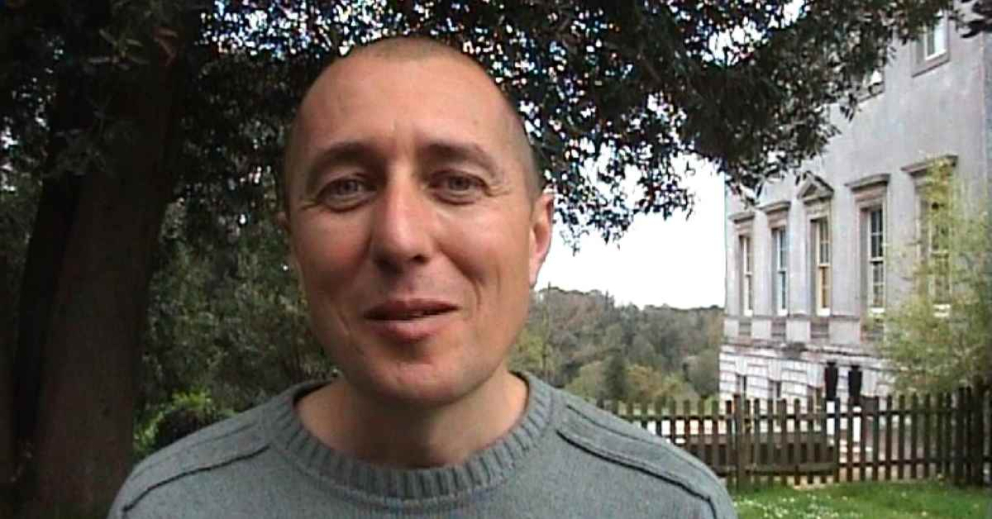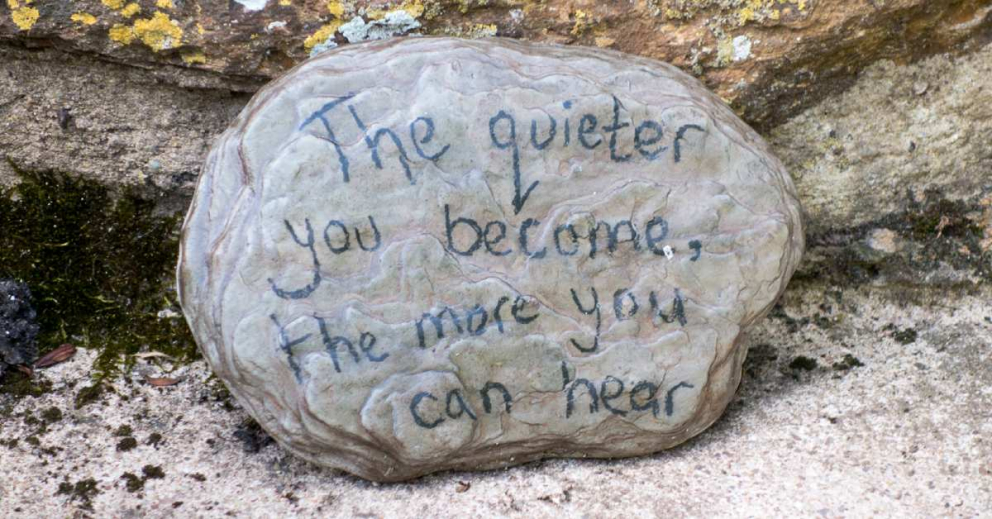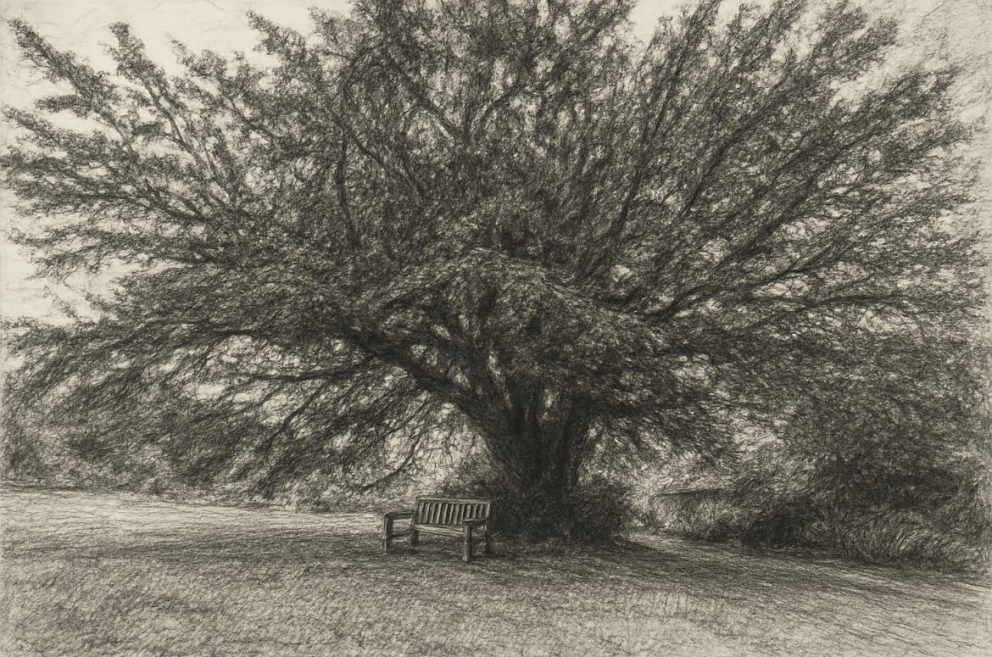Volunteering on our rewilding project
Jane Halliday has volunteered on our rewilding project Wild for People and will be visiting the 50 acres of farmland that we're letting nature take back.
She grew up in the 1960s countryside, watching it change before now seeing more traditional ideas and practices returning. She loves rural folklore about plants and wildlife, traditional medicinal and culinary uses and how modern science is confirming the benefits of some of them. Above all, else, she knows that being in the countryside is good for her sense of self and wellbeing.
Here she describes her first sessions on the land at Sharpham.
Wilding conjures up all sorts of images and emotions and it was with a mixture of excitement and trepidation that I went along to the Wild for People taster day.
As a novice volunteer and a product of generations of small holders, my first impression was that my aunt would tut at the size of the nettles, docks, thistles, and ragwort.
On our tour, Conservation Ranger Phil explained that years of spreading slurry has created the ideal conditions for these robust plants, and lesson number 1 was that our efforts to manage and ‘improve’ land have long term effects that we often only understand with hindsight.
One of the reasons I wanted to volunteer was to deepen my connection with nature, and when you give yourself permission to stand and look at a nettle patch there’s a huge amount to see. In July, the nettles were covered with caterpillars. Well on their way to becoming the next generation of Red Admirals (pic below), they gave me a sense of optimism, and lesson number 2 was that even in a short space of time, nature was reasserting herself.
Another reason for volunteering was to find out what impact wilding will have on wildlife and in August, Phil introduced the group to the monitoring method that will be used to measure pollinators. After a morning of practice sessions, the group split into teams and had the chance to count the pollinators on a single plant. During the 10-minute survey of a blackberry patch, we recorded 30 different insects including bumblebees, solitary bees, wasps, hoverflies, and butterflies, as well as a mixture of small insects.
Lesson number 3 was that just spending time in nature is the best mindfulness exercise I’ve tried. One thing’s for certain, it’s a going to be a privilege to see how this how land changes.
Share this story
Follow @SharphamTrust on Twitter, Facebook and Instagram and use #SharphamTrust and #NoticeNature










